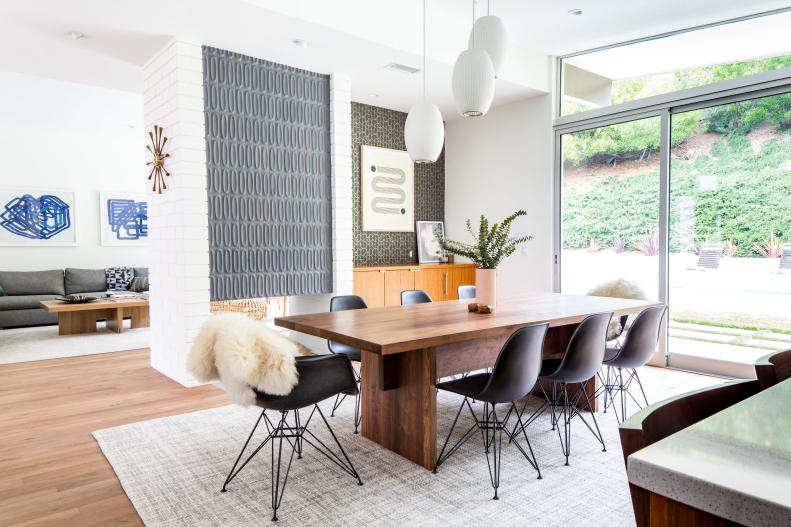1 / 45
Photo: Marisa Vitale.
From:
Natalie Myers.
Nail the Look You Love
Deciphering design terms can feel a bit like trying to translate mysterious dress codes on wedding invitations (what’s “beach formal,” again?). It should be as easy as knowing what you like and knowing how to make it work for you. Consider this your one-and-done field guide for the most popular design styles: we’ll walk you through each one and explain the moves that make it work. Come on in!









